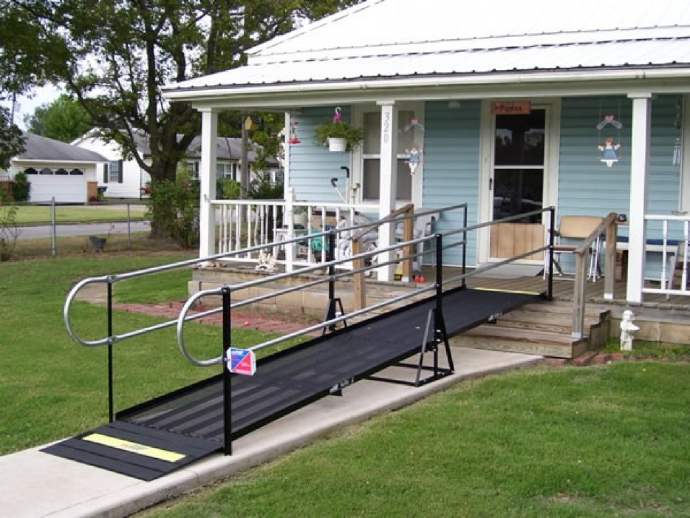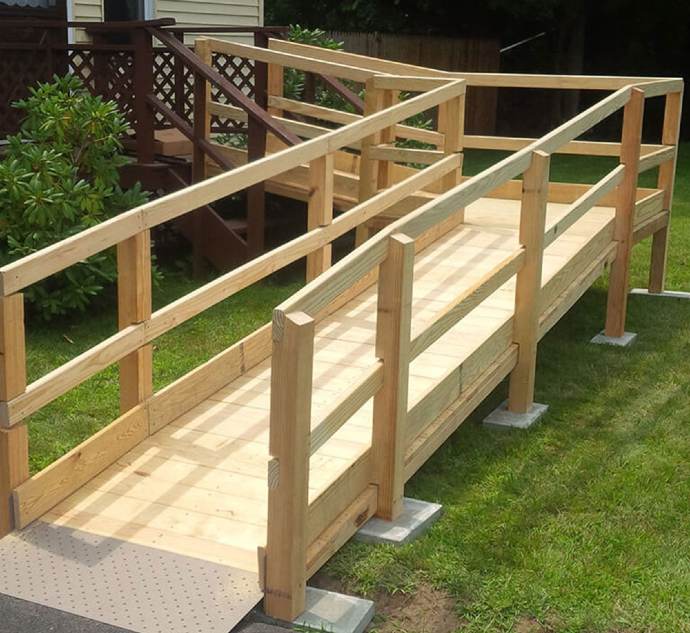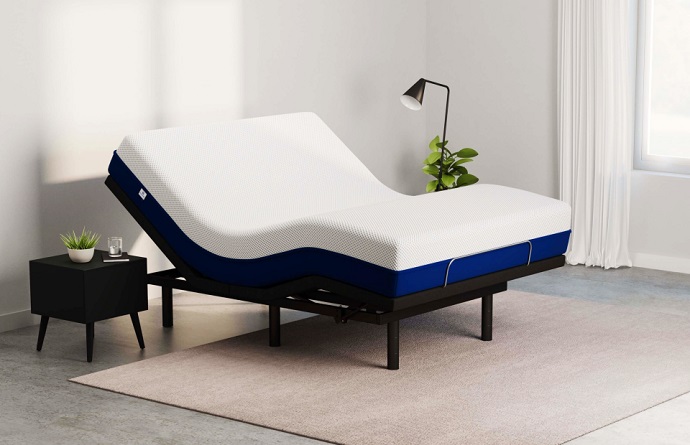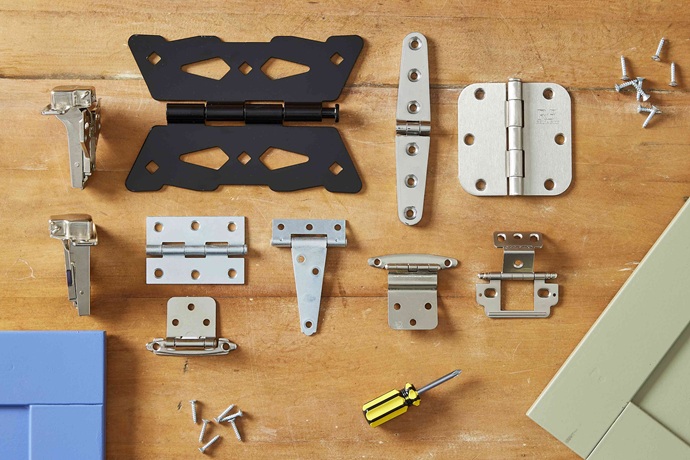Struggling with any type of walking disability can pose a challenge. This challenge can be both physically and mentally since these obstacles can have a devastating impact on your mental health. Whether you’re dealing with a disability yourself or you’re helping out a friend or family member, it can definitely limit your mobility in your own home. Especially if you have stairs with no other way to go about them.
While it does sound bleak and discouraging, there are a few home modifications you can do to make things a little bit easier. Even the smallest of details can make a world of a difference when you’re dealing with any type of disability – any type of walking equipment can make everyday life better.
One of the things you can do is install a convenient handicap ramp wherever you have stairs or steep inclines so that moving around won’t be so restricting and you won’t need help from another person to get to where you’re going. It’s quite practical and functional and you won’t go through a lot of trouble with installation.

What Is the Best Angle For a Handicap Ramp?
Determining the slope of the ramp is crucial to ensure safety and comfort once the wheelchair or any other walking aid moves across its length. Some would argue that it depends on the size of the ramp and the stair area you want to cover and that’s true to a certain extent.
There are a lot of calculations that go into determining the right angle but, as a general rule to save you the trouble, the slope of the ramp should be 1:12 inches (1 inch of rise per 12 inches of horizontal run) or about a 5-degree incline. Make sure that the ramp isn’t wiggly – it should stand firmly on both ends to prevent accidents and unwanted injuries.
Safety Consideration When Getting a Handicap Ramp
In these cases, you need to ensure the safety of everyone involved. In order to do so, there are a few key things to consider before choosing a disabled access ramp.
Size And Space
Handicap ramps come in a range of sizes which, in itself, is a double-edged sword. There are a whole bunch of options at your disposal but the sheer number of possibilities can make your head spin. You need to have a general idea of how long you want your ramp to be, based on its designated placement in your home.
A great thing about modern-day handicap ramps is that they blend in seamlessly with your house and have simple customisation options to suit your needs. In addition, most of them have a non-slip surface when means you can use it in rainy weather conditions as well. It’s highly unlikely that anyone’s going to slip and get injured in the process.
Materials
Most ramps are made of aluminium even though you might come across models that are made from wood or even rubber. If we’re being honest here, aluminium is the ideal choice because it offers great support for somewhat heavier individuals with more robust wheelchairs and walking aids. Plus, it’s a highly durable and long-lasting material which means it won’t get damaged with extended use over time. Moreover, maintenance is a breeze because you literally only have to sweep it clean of debris every now and then.
Landings And Handrails
This is a crucial safety factor. Level landings on both top and bottom are necessary to keep things in check on both ends. Another important safety factor – any handicap ramp should have handrails on the sides to ease the movement along the elevated slope. This makes it easy for you to hold onto the sides as you make your way up the slope. In addition, all edges should be protected to prevent anyone who’s unsteady on their feet from slipping off.

Benefits Of Using Handicap Ramps
Regardless of which type of ramp you decide to get, they all serve a common purpose – helping those with a walking disability live a seemingly normal life. While that in itself is the greatest benefit of all, there are a few more key things in which they come in handy.
Increased Mobility
Perhaps the most difficult part of having a walking disability is limited movement and accessibility. If you don’t have a usable walking aid, you can’t make your way around your own home without the help of others. This, in turn, may cause you to feel like a burden on your friends and family, which, let’s be clear – you’re not. But it’s nice to regain a sense of autonomy and independence that a walking aid brings along. You don’t have to rely on other people to help you go from one room to another, you can just as easily do it yourself.
Ease Of Use And Installation
Handicap ramps are quite easy to install. Once you place the ramp in its designated spot in your home, it’s going to stay in place for a while. Most of them are compact and foldable too which means you can pack it up and store it somewhere else when you don’t need to use it anymore.





















